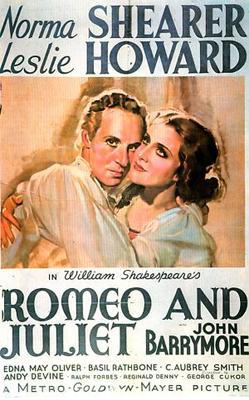A blog formerly known as Bookishness / By Charles Matthews
"Dazzled by so many and such marvelous inventions, the people of Macondo ... became indignant over the living images that the prosperous merchant Bruno Crespi projected in the theater with the lion-head ticket windows, for a character who had died and was buried in one film and for whose misfortune tears had been shed would reappear alive and transformed into an Arab in the next one. The audience, who had paid two cents apiece to share the difficulties of the actors, would not tolerate that outlandish fraud and they broke up the seats. The mayor, at the urging of Bruno Crespi, explained in a proclamation that the cinema was a machine of illusions that did not merit the emotional outbursts of the audience. With that discouraging explanation many ... decided not to return to the movies, considering that they already had too many troubles of their own to weep over the acted-out misfortunes of imaginary beings."--Gabriel García Márquez, One Hundred Years of Solitude
Sunday, November 29, 2015
Romeo and Juliet (George Cukor, 1936)
If Shakespeare's Juliet could be played, as it was in its first performances, by a boy, then why shouldn't she be played by 34-year-old Norma Shearer? Truth be told, I don't find Shearer's performance that bad: She lightens her voice effectively and her girlish manner never gets too coy. It also helps that William H. Daniels photographs her through filters that soften the signs of aging: She looks maybe five years younger than her actual age, if not the 20 years younger that the play's Juliet is supposed to be. I'm more bothered by the balding 43-year-old Leslie Howard as her Romeo, though he had the theatrical training that makes the verse sound convincing in his delivery. And then there's the 54-year-old John Barrymore as Mercutio, who could be Romeo's fey uncle but not his contemporary. In fact, Barrymore's over-the-top performance almost makes this version of the play a must-see -- we miss him more than we do most Mercutios after his death. Edna May Oliver's turn as Juliet's Nurse is enjoyable, if a bit of a surprise: She usually played eccentric spinsters like Aunt Betsy Trotwood in David Copperfield (George Cukor, 1935) or sour dowagers like Lady Catherine de Bourgh in Pride and Prejudice (Robert Z. Leonard, 1940). In the play, the Nurse rarely speaks without risqué double-entendres, but most of them have been cut in Talbot Jennings's adaptation, thus avoiding the ridiculous spectacle of Shakespeare being subjected to the Production Code censors. (Somehow the studio managed to slip in Mercutio's line, "the bawdy hand of the dial is now upon the prick of noon.") Some of the other pleasures of the film are camp ones, such as Agnes deMille's choreography for the ball, along with the costume designs by Oliver Messel and Adrian, which evoke early 20th-century illustrators like Walter Crane or Maxfield Parrish. No, this Romeo and Juliet won't do, except as a representation of how Shakespeare's play was seen at a particular time and place: a Hollywood film studio in the heyday of the star system. In that respect, it's invaluable.
Links:
Adrian,
Agnes deMille,
Edna May Oliver,
George Cukor,
John Barrymore,
Leslie Howard,
Norma Shearer,
Oliver Messel,
Romeo and Juliet (1936),
Talbot Jennings,
William H. Daniels
Subscribe to:
Posts (Atom)
